Understanding Memory Reconsolidation and the Neuroscience Behind Experiential Healing
 A Paradigm Shift in Understanding Emotional Memory
A Paradigm Shift in Understanding Emotional Memory
For decades, the field of psychology operated under the assumption that emotional memories, particularly traumatic ones, were indelible marks on the psyche—permanent scars that could perhaps be managed but never truly erased. Joseph LeDoux, a pioneering neuroscientist at New York University, has fundamentally challenged this view through his groundbreaking research on the neural mechanisms of fear and memory. His work has not only revolutionized our understanding of how the brain processes and stores emotional experiences but has also provided a scientific foundation for why certain therapeutic approaches, particularly somatic and experiential methods, can produce profound and lasting change.
LeDoux’s research reveals that memories are not the fixed entities we once believed them to be. Instead, they are dynamic, malleable constructs that can be fundamentally altered under the right conditions. This discovery has profound implications for trauma therapy, suggesting that we can do more than simply help people cope with traumatic memories—we can actually help transform them at the neurobiological level.
The Architecture of Fear: LeDoux’s Foundational Discoveries
Joseph LeDoux’s journey into the neuroscience of emotion began with a simple yet profound question: How does the brain detect and respond to danger? Through meticulous research spanning several decades, he mapped the neural pathways that process fear, identifying two distinct routes that information takes when we encounter a potential threat.
The first pathway, which LeDoux termed the “low road,” is a direct route from the thalamus to the amygdala—the brain’s alarm system. This pathway operates outside of conscious awareness and triggers immediate defensive responses before we even know what we’re responding to. It’s the reason you might jump back from a stick on the ground before realizing it’s not a snake. This system prioritizes speed over accuracy, operating on the principle that it’s better to be safe than sorry.
The second pathway, the “high road,” involves the sensory cortex and provides more detailed, contextual information about the stimulus. This route is slower but more accurate, allowing for a more nuanced assessment of whether a threat is real or imagined. Understanding these dual pathways has been crucial for comprehending why traumatic memories can trigger intense physical and emotional responses even when we intellectually know we’re safe.
Memory Reconsolidation: The Game-Changing Discovery
Perhaps LeDoux’s most revolutionary contribution to the field has been his work on memory reconsolidation. Traditional neuroscience held that once memories were consolidated—transferred from short-term to long-term storage—they became relatively permanent. While new learning could occur, the original memory trace was thought to remain intact, which is why exposure therapy and other classical approaches focused on creating new, competing memories rather than altering the original traumatic memory.
LeDoux and his colleagues discovered something remarkable: when a consolidated memory is retrieved, it briefly returns to a labile, malleable state before being reconsolidated. During this window of plasticity, which typically lasts for several hours, the memory can be modified, updated, or even erased. This process isn’t simply about suppressing or overriding the old memory with a new one—it’s about fundamentally altering the original memory trace at the synaptic level.
The implications of this discovery cannot be overstated. It suggests that therapeutic interventions targeting this reconsolidation window could produce lasting change by actually rewriting traumatic memories rather than simply teaching people to manage their responses to them. This finding aligns perfectly with what many clinicians had observed in practice: that certain therapeutic approaches seemed to produce sudden, profound shifts that went beyond what traditional models could explain.
The Unlock-Modify-Relock Process: A New Framework for Healing
Building on LeDoux’s research, clinicians and researchers have developed a framework for therapeutic change that involves three critical steps: unlock, modify, and relock. This process leverages the natural mechanisms of memory reconsolidation to facilitate deep healing.
Unlocking involves retrieving the traumatic memory in a way that destabilizes it. This isn’t simply thinking about or talking about the trauma—it requires accessing the memory with sufficient emotional activation to trigger the reconsolidation process. The memory must be recalled vividly enough that the associated neural networks become active and plastic.
Modifying occurs during the reconsolidation window when the memory is in its labile state. This is where therapeutic intervention can introduce new information, experiences, or perspectives that contradict or update the original memory. The key is that this new information must create a “prediction error”—a mismatch between what the memory expects and what actually occurs. This mismatch signals to the brain that the memory needs updating.
Relocking happens automatically as the modified memory reconsolidates. Unlike the original traumatic encoding, which often occurred under conditions of extreme stress and isolation, the relocking process can incorporate new elements of safety, connection, and empowerment. The memory doesn’t disappear, but its emotional charge and associated meanings can be fundamentally transformed.
Somatic and Experiential Approaches: Working with the Wisdom of the Body
LeDoux’s research provides a neurobiological explanation for why somatic and experiential therapies can be so effective in treating trauma. These approaches work directly with the subcortical systems where traumatic memories are encoded, accessing the “low road” pathways that traditional talk therapy might miss.
Somatic Experiencing: Peter Levine’s Body-Based Approach
Somatic Experiencing (SE), developed by Peter Levine, is perhaps one of the most direct applications of understanding how trauma affects the nervous system. Levine observed that animals in the wild rarely develop PTSD despite facing life-threatening situations regularly. The key difference is that animals naturally discharge the intense energy mobilized during a threat response through shaking, trembling, and other physical movements.
SE works by helping clients tune into their bodily sensations and complete these interrupted defensive responses. By tracking sensation, image, behavior, affect, and meaning (SIBAM), practitioners guide clients to safely experience and discharge trapped survival energy. This approach aligns perfectly with LeDoux’s findings about the subcortical encoding of traumatic memories. By working directly with the body’s felt sense, SE accesses the same neural pathways where trauma is stored.
The process often involves “titration”—working with small, manageable pieces of activation to avoid overwhelming the system. This gentle approach allows the nervous system to gradually build resilience and capacity while staying within the window of tolerance. As clients learn to pendulate between activation and calm, they’re essentially teaching their nervous system new patterns of regulation.
Brainspotting: Where You Look Affects How You Feel
Developed by David Grand, Brainspotting emerged from the observation that where we look directly relates to how we feel. This approach leverages the intimate connection between eye position and neural activation to access and process traumatic memories. By identifying specific eye positions (brainspots) that correlate with emotional activation, therapists can help clients maintain dual awareness—staying present while processing past experiences.
Brainspotting appears to work by accessing the same subcortical regions that LeDoux identified as central to emotional memory processing. The sustained eye position acts as an anchor, keeping relevant neural networks activated while the brain’s natural healing mechanisms work to process and integrate the traumatic material. This approach is particularly effective because it bypasses the need for extensive verbal processing, working directly with the brain’s visual and emotional systems.
Emotional Transformation Therapy: Harnessing the Power of Light and Eye Position
Emotional Transformation Therapy (ETT), developed by Steven Vazquez, combines precise eye position with specific wavelengths of colored light to facilitate rapid emotional shifts. This approach is based on the understanding that different colors of light can activate specific neural pathways and that combining visual stimulation with emotional processing can accelerate healing.
ETT’s effectiveness may be explained by its ability to simultaneously engage multiple brain systems involved in memory processing. The combination of visual input, eye position, and emotional activation creates optimal conditions for memory reconsolidation. By providing new sensory information during the reconsolidation window, ETT can help update traumatic memories with new associations of safety and regulation.
EMDR: Bilateral Stimulation and Memory Processing
Eye Movement Desensitization and Reprocessing (EMDR), developed by Francine Shapiro, has become one of the most researched and validated treatments for trauma. The approach involves recalling distressing memories while engaging in bilateral stimulation, typically through guided eye movements. This dual attention—focusing simultaneously on the traumatic memory and the present-moment sensory experience—appears to facilitate the integration and resolution of traumatic memories.
LeDoux’s research helps explain why EMDR can be so effective. The bilateral stimulation may help activate both hemispheres of the brain, facilitating communication between the emotional right brain and the more logical left brain. This integration allows for the traumatic memory to be updated with information from the prefrontal cortex, including the understanding that the danger is past and the person survived.
The adaptive information processing model underlying EMDR aligns well with memory reconsolidation theory. By accessing the traumatic memory while simultaneously engaging the brain’s information processing systems, EMDR creates ideal conditions for memory updating. The bilateral stimulation may also help keep the person within their window of tolerance, preventing the re-traumatization that can occur when memories are accessed without adequate support.
Lifespan Integration: Connecting Past and Present
Lifespan Integration (LI), developed by Peggy Pace, uses a unique approach of repeatedly guiding clients through a mental timeline of their life from birth to present. This process helps the nervous system update its understanding of time, recognizing that past threats are truly in the past. By creating a coherent narrative that connects all parts of a person’s life experience, LI facilitates integration at multiple levels.
This approach is particularly powerful when understood through the lens of memory reconsolidation. Each pass through the timeline activates memory networks while simultaneously providing the corrective information that the person survived and grew beyond the traumatic experience. The repetitive nature of the process may work similarly to the repetition seen in successful reconsolidation studies, ensuring that the memory update is thorough and lasting.
The Neurobiological Revolution: Implications for the Future of Trauma Treatment
LeDoux’s work has ushered in a new era of trauma treatment, one grounded in a sophisticated understanding of the brain’s capacity for change. This neurobiological revolution has several important implications for the field:
Precision and Timing Matter
Understanding the reconsolidation window emphasizes the importance of timing in therapeutic interventions. Simply activating a traumatic memory isn’t enough—the intervention must occur while the memory is in its labile state and must provide information that creates a prediction error. This understanding calls for more precise therapeutic protocols that carefully sequence memory activation and modification.
The Body Holds Wisdom
LeDoux’s identification of subcortical fear pathways validates what somatic therapists have long known: the body holds its own form of memory and wisdom. Effective trauma treatment must address not just cognitive understanding but also the visceral, embodied experience of trauma. This recognition has led to increased integration of body-based approaches even in traditionally cognitive therapies.
Integration is Key
The most effective treatments appear to be those that work with multiple brain systems simultaneously. By engaging sensory, motor, emotional, and cognitive systems together, therapies can create more robust and lasting change. This understanding supports the development of integrative approaches that combine elements from different modalities.
Hope for Healing
Perhaps most importantly, LeDoux’s work offers genuine hope for healing. The discovery that traumatic memories can be fundamentally altered—not just managed or suppressed—represents a paradigm shift in mental health treatment. It suggests that people need not be forever defined by their traumatic experiences but can genuinely transform their relationship to the past.
Clinical Considerations and Best Practices
While the science of memory reconsolidation offers exciting possibilities, its clinical application requires skill, sensitivity, and ethical consideration. Several important factors must be considered:
Safety First
Working with traumatic memories requires establishing a strong foundation of safety and stabilization. Clients need adequate resources and coping skills before engaging in memory processing work. The therapeutic relationship itself serves as a crucial resource, providing the safe haven from which exploration can occur.
Titration and Pacing
Understanding that memories can be modified doesn’t mean they should be accessed carelessly. Skilled clinicians titrate the intensity of memory activation, ensuring that clients stay within their window of tolerance. This careful pacing prevents re-traumatization and allows for optimal integration.
Individual Differences
Not everyone responds to the same interventions in the same way. Factors such as attachment style, trauma history, cultural background, and nervous system regulation all influence which approaches will be most effective. Clinicians must be prepared to adapt their methods to meet each client’s unique needs.
Integration and Follow-Up
Memory reconsolidation is not a one-time event. Successful treatment often requires multiple sessions to fully update complex traumatic memories. Additionally, changes at the memory level need to be integrated into daily life through new behaviors and relationships.
The Broader Impact: Beyond Individual Healing
LeDoux’s discoveries have implications that extend beyond individual therapy rooms. Understanding how emotional memories can be transformed has relevance for:
Collective Trauma
Communities and cultures hold collective traumatic memories that can be passed down through generations. Understanding memory reconsolidation offers hope for healing historical traumas and breaking cycles of intergenerational transmission.
Education and Prevention
Knowledge about how the brain processes and stores emotional experiences can inform educational approaches that build resilience and prevent the development of traumatic stress. Teaching children about their nervous systems and providing tools for regulation could reduce the incidence of trauma-related disorders.
Social Justice
Recognizing that trauma can be healed at a fundamental level challenges systems that perpetuate trauma and then blame individuals for their symptoms. This understanding supports advocacy for trauma-informed policies and practices across all sectors of society.
A New Chapter in Human Healing
Joseph LeDoux’s groundbreaking research on memory reconsolidation represents more than just an advance in neuroscience—it offers a new vision of human possibility. By revealing that our most painful memories can be transformed at the deepest levels of our biology, this work validates the experiences of countless individuals who have found healing through somatic and experiential approaches.
As we continue to explore and refine applications of these discoveries, we stand at the threshold of a new chapter in mental health treatment. The integration of neuroscience with clinical wisdom promises more effective, efficient, and humane approaches to healing trauma. LeDoux’s legacy will be measured not just in scientific papers but in the lives transformed by therapies built on a foundation of understanding how the brain can change.
The journey from fear to freedom, from fragmentation to wholeness, is not just a metaphorical one—it’s a neurobiological reality. Thanks to researchers like Joseph LeDoux and the clinicians who have translated his findings into practice, we now have a map for that journey and the tools to help people navigate it successfully. The future of trauma therapy is bright indeed, illuminated by the knowledge that our brains are far more capable of healing than we ever dared to imagine.
Bibliography
Corrigan, F. M., Grand, D., & Raju, R. (2015). Brainspotting: Sustained attention, spinothalamic tracts, thalamocortical processing, and the healing of adaptive orientation truncated by traumatic experience. Medical Hypotheses, 84(4), 384-394.
Ecker, B., Ticic, R., & Hulley, L. (2012). Unlocking the emotional brain: Eliminating symptoms at their roots using memory reconsolidation. Routledge.
Grand, D. (2013). Brainspotting: The revolutionary new therapy for rapid and effective change. Sounds True.
Hase, M., Schallmayer, S., & Sack, M. (2008). EMDR reprocessing of the addiction memory: Pretreatment, posttreatment, and 1-month follow-up. Journal of EMDR Practice and Research, 2(3), 170-179.
LeDoux, J. E. (1996). The emotional brain: The mysterious underpinnings of emotional life. Simon & Schuster.
LeDoux, J. E. (2000). Emotion circuits in the brain. Annual Review of Neuroscience, 23(1), 155-184.
LeDoux, J. E. (2014). Coming to terms with fear. Proceedings of the National Academy of Sciences, 111(8), 2871-2878.
LeDoux, J. E. (2015). Anxious: Using the brain to understand and treat fear and anxiety. Viking.
LeDoux, J. E., & Pine, D. S. (2016). Using neuroscience to help understand fear and anxiety: A two-system framework. American Journal of Psychiatry, 173(11), 1083-1093.
Levine, P. A. (1997). Waking the tiger: Healing trauma. North Atlantic Books.
Levine, P. A. (2010). In an unspoken voice: How the body releases trauma and restores goodness. North Atlantic Books.
Monfils, M. H., Cowansage, K. K., Klann, E., & LeDoux, J. E. (2009). Extinction-reconsolidation boundaries: Key to persistent attenuation of fear memories. Science, 324(5929), 951-955.
Nader, K., Schafe, G. E., & LeDoux, J. E. (2000). Fear memories require protein synthesis in the amygdala for reconsolidation after retrieval. Nature, 406(6797), 722-726.
Pace, P. (2003). Lifespan integration: Connecting ego states through time. Lifespan Integration.
Pace, P. (2012). Lifespan Integration: Healing trauma and enhancing love relationships. Lifespan Integration.
Payne, P., Levine, P. A., & Crane-Godreau, M. A. (2015). Somatic experiencing: Using interoception and proprioception as core elements of trauma therapy. Frontiers in Psychology, 6, 93.
Schiller, D., Monfils, M. H., Raio, C. M., Johnson, D. C., LeDoux, J. E., & Phelps, E. A. (2010). Preventing the return of fear in humans using reconsolidation update mechanisms. Nature, 463(7277), 49-53.
Shapiro, F. (2001). Eye movement desensitization and reprocessing (EMDR): Basic principles, protocols, and procedures (2nd ed.). Guilford Press.
Shapiro, F. (2018). Eye movement desensitization and reprocessing (EMDR) therapy: Basic principles, protocols, and procedures (3rd ed.). Guilford Press.
Solomon, R. M., & Shapiro, F. (2008). EMDR and the adaptive information processing model: Potential mechanisms of change. Journal of EMDR Practice and Research, 2(4), 315-325.
van der Kolk, B. A. (2014). The body keeps the score: Brain, mind, and body in the healing of trauma. Viking.
Vazquez, S. (2005). Emotional transformation therapy: An interactive ecological psychotherapy. Wellness Institute.

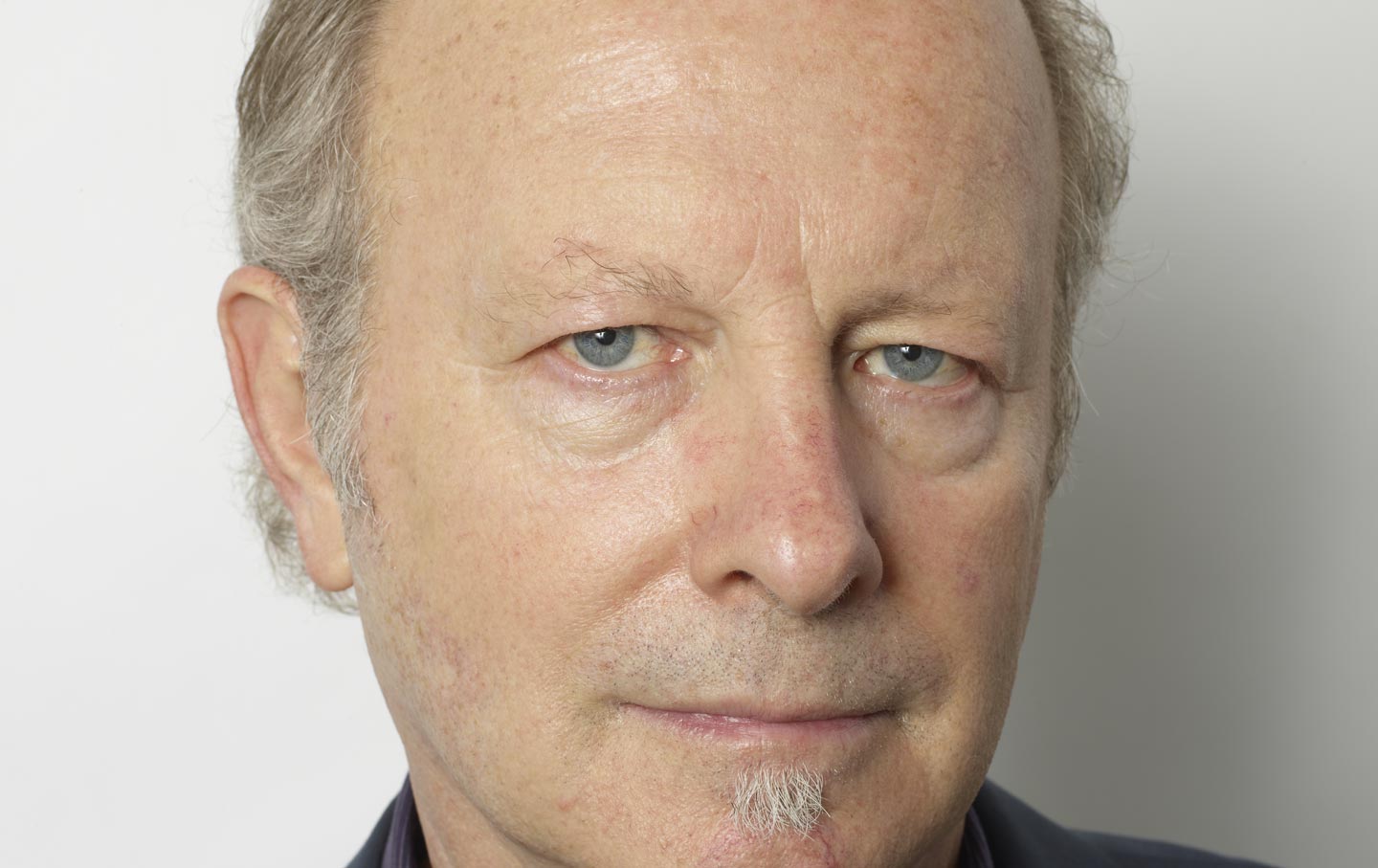

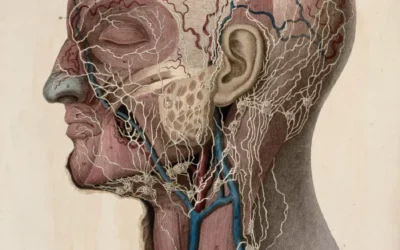

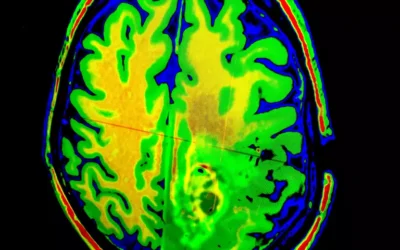
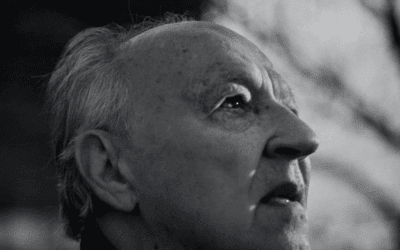





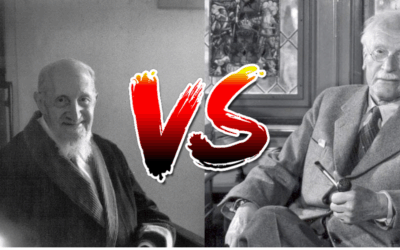









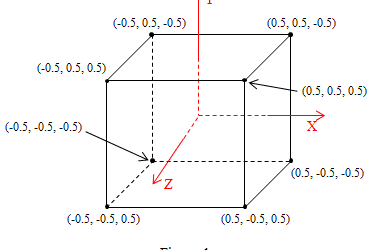




0 Comments